
OR
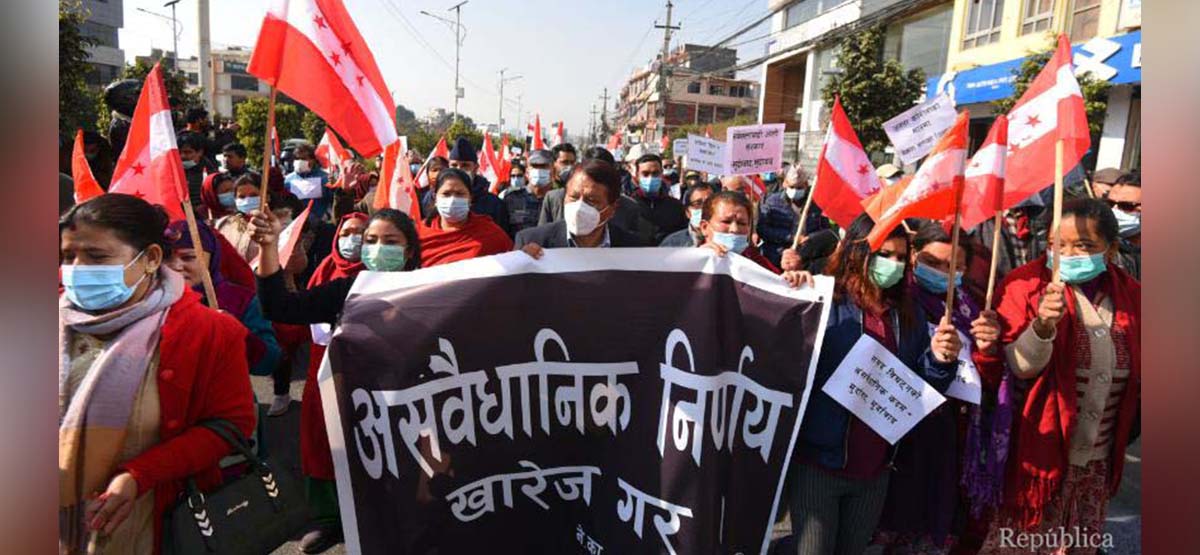
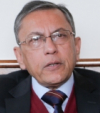
Ranjit Rae
Ranjit Rae is former Ambassador of India to Nepal, currently engaged in writing a book on Nepal.news@myrepublica.com
More from Author
Should the Supreme Court nullify the dissolution and reinstate the House, PM Oli’s position will be threatened and he will need to scramble for new alliances with Nepali Congress and the Janata Samajwadi Party.
Four developments that are underway will determine Nepal’s future course in the months to come. The internecine warfare based primarily on self interest of leaders within the ruling Nepal Communist Party has brought the NCP to the verge of a split. Faced with a revolt by his own party members, Prime Minister K P Sharma Oli threw constitutional propriety and norms to the wind and dissolved the House of Representatives with the support of an acquiescent President. Already reeling from the pandemic and its economic fallout as well as street protests and demonstrations, yet another dimension has now been added to the turmoil.
Parties are confused on how this will impact democratic process; the opposition Nepali Congress appears to view this development more in terms of its implications for the party’s own prospects rather than as an assault on the Constitution. Much will depend on the judgement of the constitutional bench of the Supreme Court. If it validates Oli’s decision, Nepal is likely to see growing protests, including by the Prachanda-Madhav Kumar Nepal-led faction of the NCP. Should the Court nullify the dissolution and reinstate the House, PM Oli’s position will be threatened and he will need to scramble for new alliances with Nepali Congress and the Janata Samajwadi Party. Of course, the possibility of a new coalition between these two parties and the Prachanda-Madhav Kumar Nepal faction cannot be ruled out.
China factor
China’s involvement in Nepal’s domestic politics, particularly in their support to consolidate and unify the Communist parties, will have long term implications for Nepal. Contrary to China’s oft-stated assertion of non-interference in the internal affairs of other countries, Nepal has witnessed a very open, visible and intrusive role of China in domestic politics in recent years. Chinese long-term strategy appears to be to mould the NCP in the image of the Chinese Communist Party (CCP). Their current efforts may have suffered a setback, but there is no doubt that these will continue, even grow into the future.
China’s approach needs to be placed within the larger context of the global contestation between the US and China for influence. This is most visible in the debates, particularly within the NCP, on whether or not to accept the massive US grant under the Millennium Challenge Corporation (MCC) project. The dominant faction led by Prachanda-MKN has been opposed to the MCC on grounds that this is a part of the US-sponsored Indo-Pacific Strategy which, in their view, is anti-China. The MCC project remains in limbo despite support from the Oli faction of the NCP as well as Nepali Congress. The recent US decisions with regard to the future Dalai Lama and the question of the Tibetan diaspora, a policy that has been strongly criticised by China, also has implications for Nepal, which is home to several thousand Tibetan refugees.
The India-China confrontation and the sharp downturn in relations following the impasse along the Ladakh border will have ramifications for the entire South Asian region. Even as it was angered by the publication of a Nepali map by the Oli government incorporating the territories of Kalapani, Lipu Lekh and Limpiyadhura, India was concerned at the resulting long gap in bilateral talks with Nepal and the growing Chinese footprint. The Oli government too was keen on resuming negotiations and mending fences with India, particularly after Prime Minister Oli felt that the Chinese were more interested in supporting party unity within the NCP rather than Oli’s leadership. The flurry of visits from India have certainly thawed the relationship with the Oli government. India’s efforts should be to continue to engage and expand its bilateral cooperation.
India has historically supported people’s aspirations in Nepal for multi-party democracy and a progressive, inclusive, and equitable state. Nepal’s political stability is in India’s interest. While working with the government of the day, India needs to be engaged with all political forces in Nepal. India should not fall into the false binary being created by China that the NCP or large sections of the NCP are pro-China and hence against Indian interests.
Uncertain future
The immediate future for Nepal remains uncertain. There is no guarantee that elections will be held as scheduled. Much would depend on the domestic situation. Should the many protests of Rajawadis, Hinduwadis, political parties, and extreme left elements grow, Nepal will again face instability and may become more vulnerable to inimical external influences. It could also be caught in the crossfire of global geopolitics.
Already there are voices in Nepal questioning the great compromises embedded in the Constitution of 2015 that had tried to incorporate the solemn agreements flowing from the Maoist insurgency and Madhes movements for political and socio-economic change. Though several sections of Nepali society are unhappy with the end result, a reopening of these issues will only push Nepal into further conflict.
As Baba Saheb Ambedkar said, a constitution is only as good as the people entrusted with the responsibility of implementing it. If the leaders themselves start questioning key features of the Constitution of the Federal Democratic Republic of Nepal and constitutional norms are ignored, Nepal will descend into further turmoil and the goal of Samriddha Nepal, Sukhi Nepali (‘Prosperous Nepal, Happy Nepali’) will be pushed back far into the future.
You May Like This
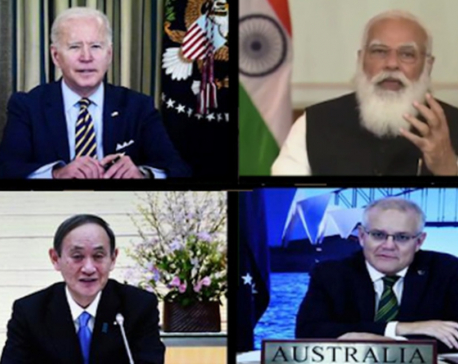
Can the Quad be a reasonable means for Indian strategy?
China remains the largest trading partner of all the Quad members, including India. Japan and Australia would not sacrifice their... Read More...
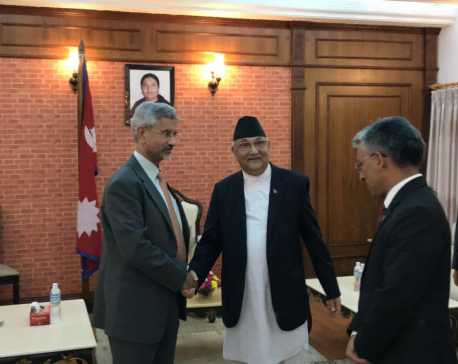
In photos: Indian MEA calls on PM Oli
KATHMANDU, Aug 21: Indian Minister of External Affairs (MEA) Dr Subrahmanyam Jaishankar has paid a courtesy call on Prime Minister... Read More...
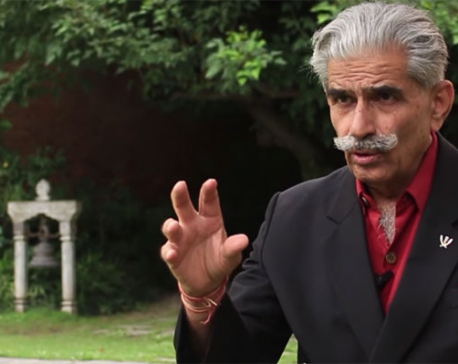
China outrunning India in Nepali politics, India mulling a new strategy
With an unprecedented activeness of China, India seems preparing to counter it. India's Nepal Affairs expert and retired Indian Army... Read More...



Just In
- 70 community and national forests affected by fire in Parbat till Wednesday
- NEPSE loses 3.24 points, while daily turnover inclines to Rs 2.36 billion
- Pak Embassy awards scholarships to 180 Nepali students
- President Paudel approves mobilization of army personnel for by-elections security
- Bhajang and Ilam by-elections: 69 polling stations classified as ‘highly sensitive’
- Karnali CM Kandel secures vote of confidence
- National Youth Scientists Conference to be organized in Surkhet
- Rautahat traders call for extended night market hours amid summer heat














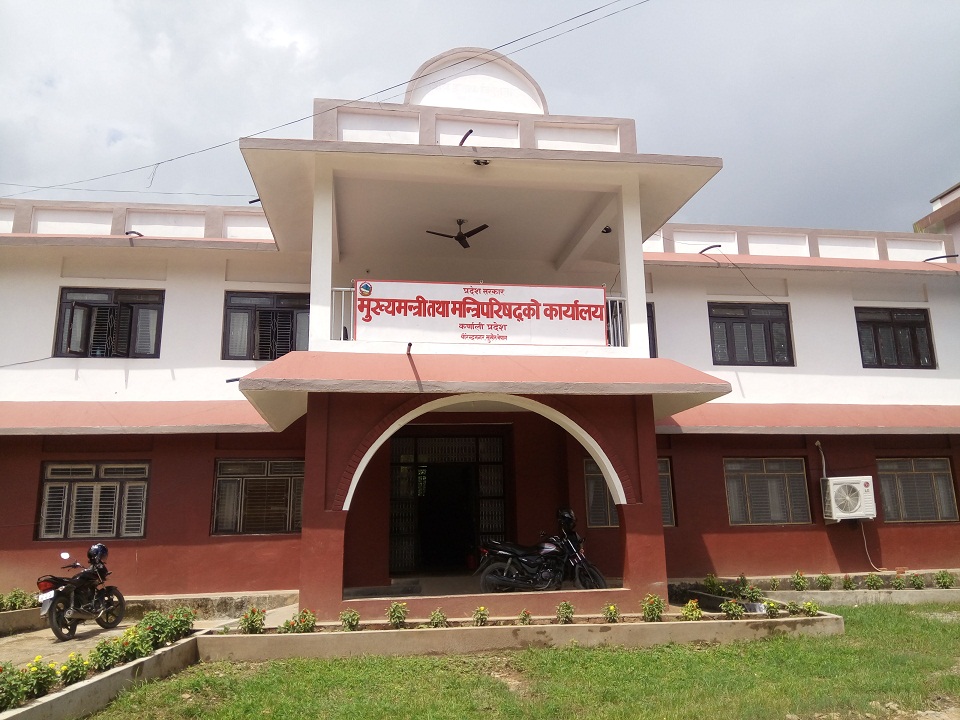

Leave A Comment